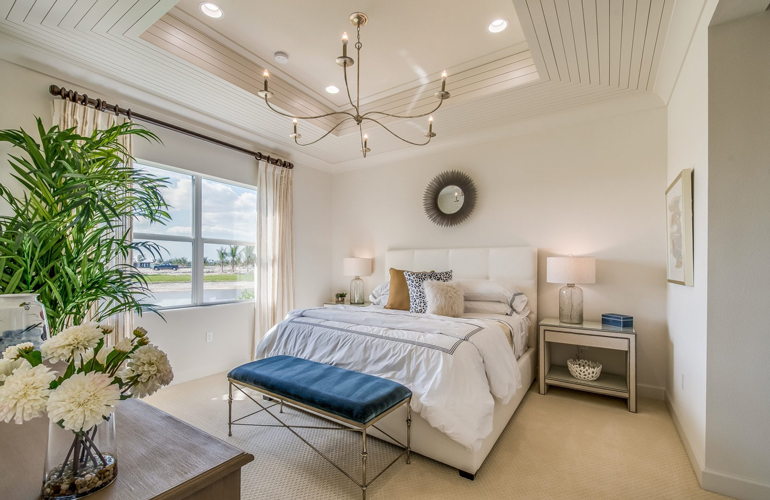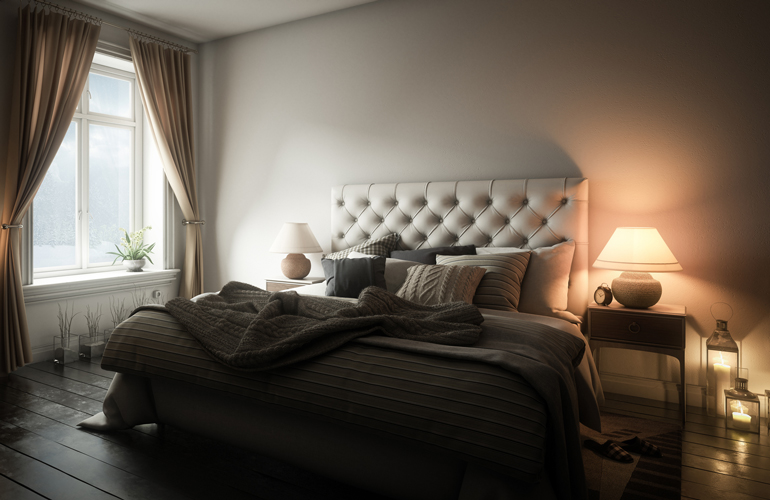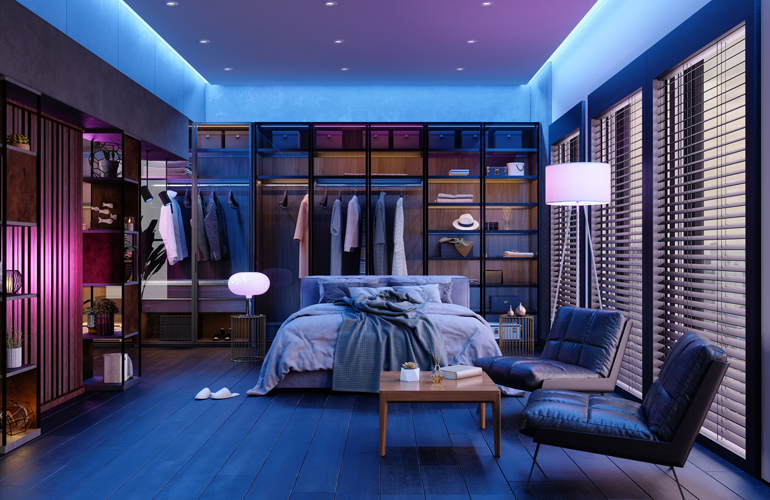Bedroom bliss

Our bedrooms are supposed to be our sanctuaries, our respites, the places where we prioritise rest above all else. But they’re also where we read, do crossword puzzles before bed, dress, pack suitcases and perhaps put on a little makeup.
All those tasks need different types of lighting to avoid frustration, mistakes or insomnia.
Luckily, lighting experts have been thinking about how to resolve these issues. Here are a few of their tips for designing light that works in your bedroom.
Outline bedroom lighting needs

Sheva Knopfler, co-founder and creative director of Lights.com, recommends you consider function when addressing bedroom lighting.
“Do you need task lighting for your desk? Perhaps vanity lighting for your makeup? An accent light over your dressing area?” Knopfler says. “It is always necessary to layer light fixtures based on the functionality of your space.”
Remember to prioritise – your bedroom shouldn’t be a catchall. Joel Worthington, president of Mr Electric, says, “The best bedroom lighting ideas should always begin with comfort and relaxation in mind.”
Layer light

“When it comes to bedroom lighting, it is important to layer your lights,” Knopfler says. “You should have a main source, such as an overhead light, and then accent lighting throughout the room where you see fit.
“For example, place accent lighting at your bedside, so you don’t need to get up from bed to turn out the lights. Some people skip the bedside table lamps for wall sconces, or even small pendant lights for an industrial look. You should also have task lighting at any desk or vanity in your bedroom.”
Johnson says to note the direction the light flows. She suggests uplights, which could include lamps or sconces, mixed with downlight away from our eyes. The latter could be perimeter recessed cans, ceiling lights, sconces or all of the above.








